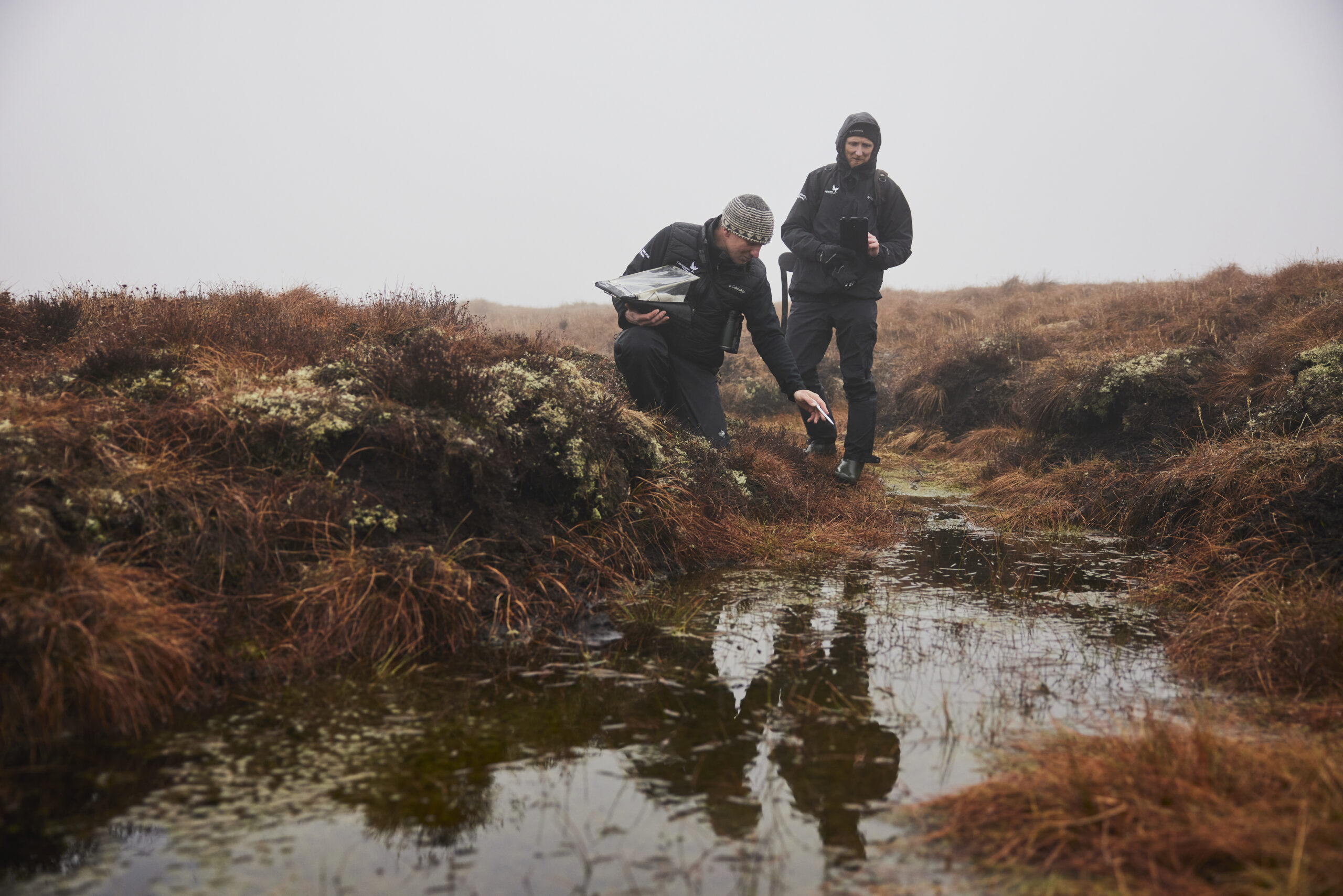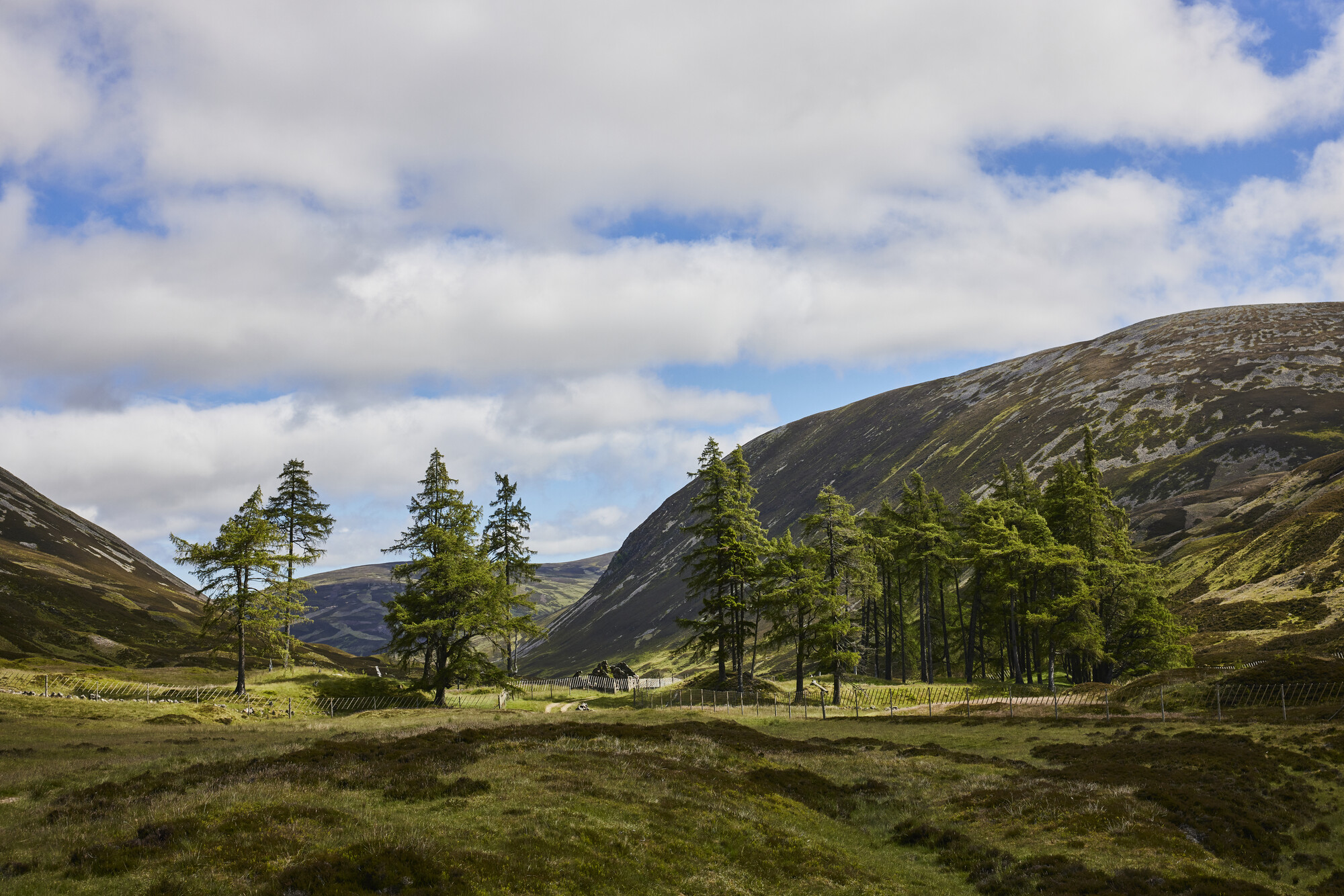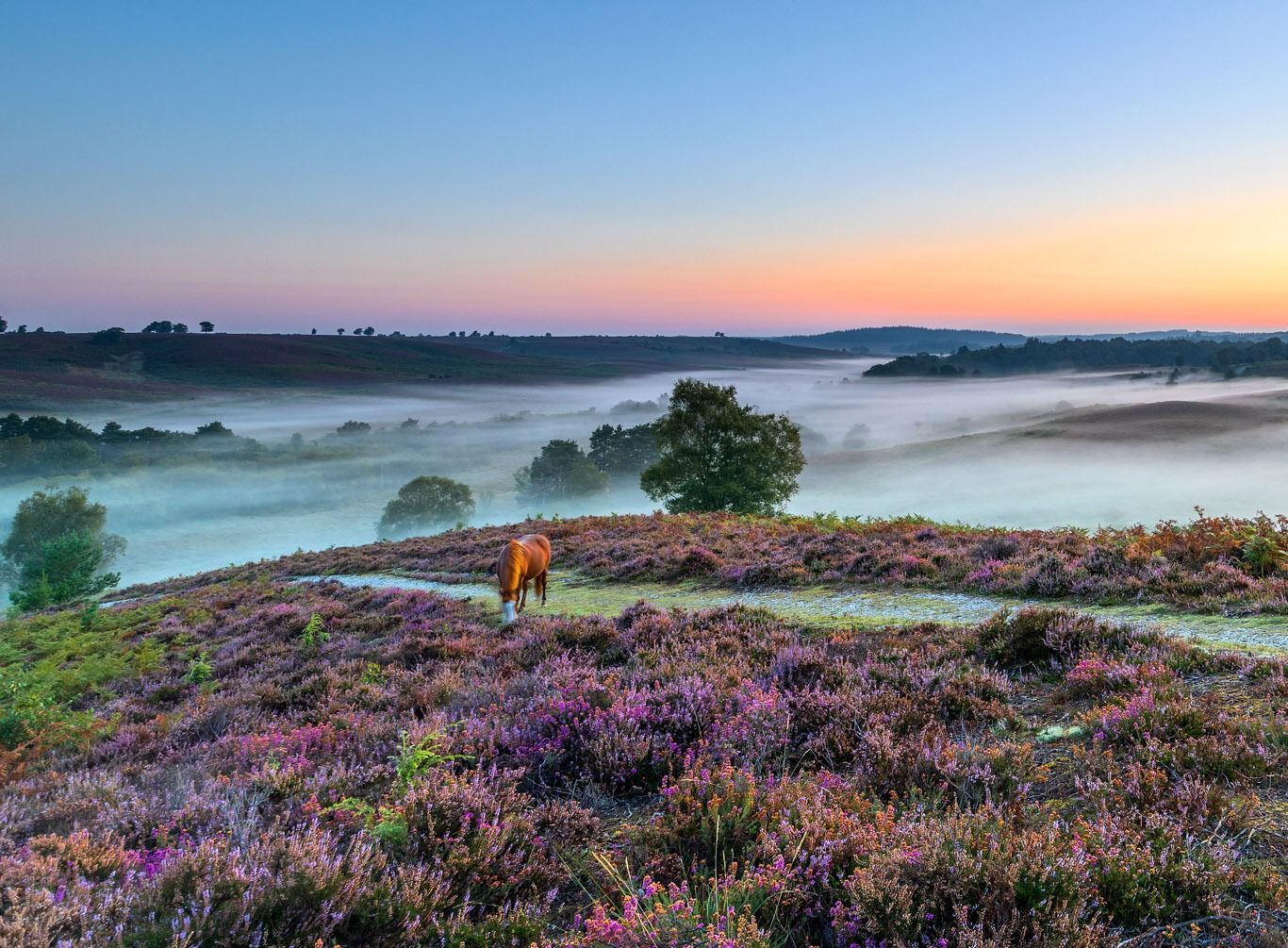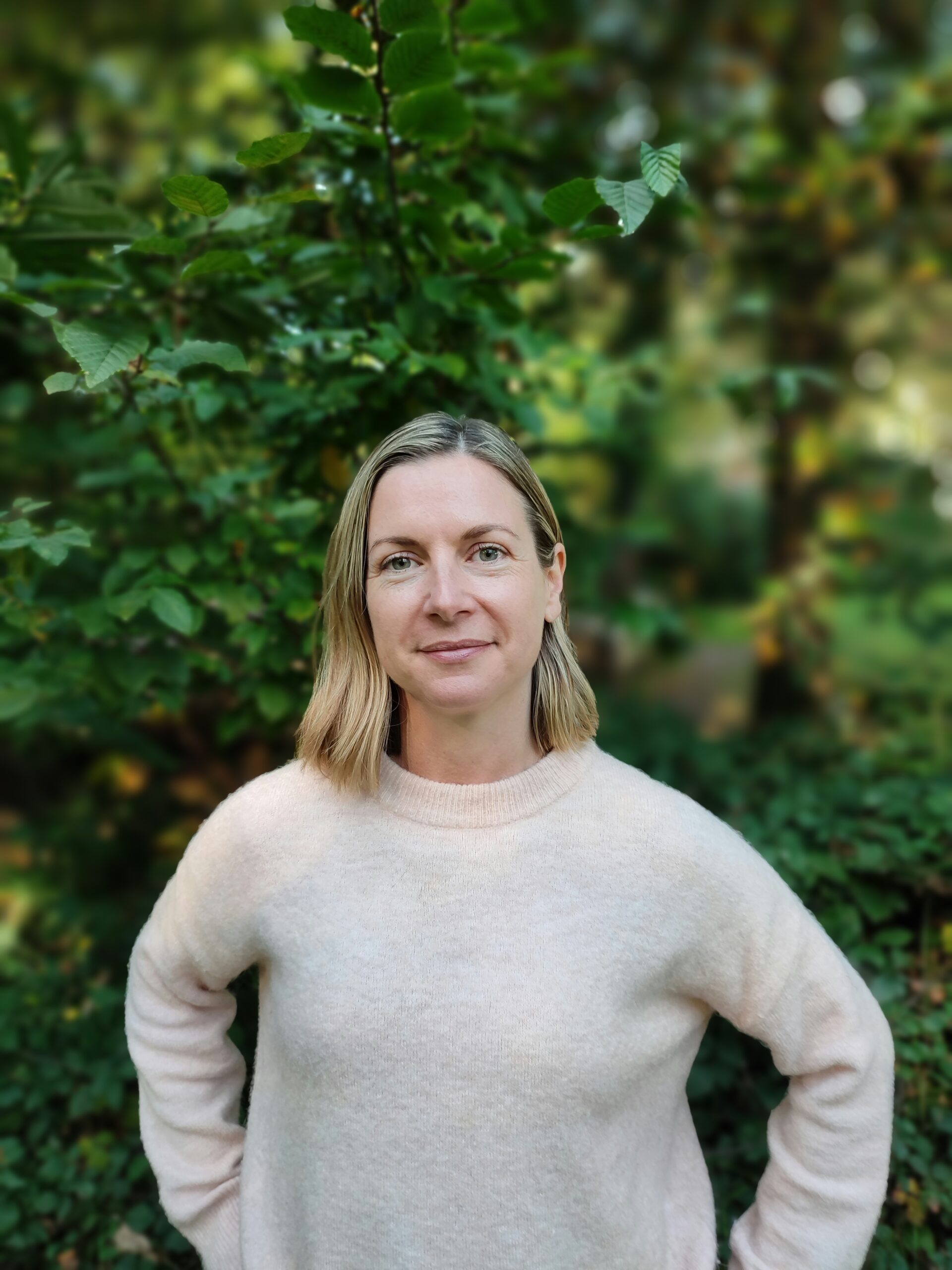By Tom Gegg and Summer Davies
The government’s current review of DEFRA’s Environmental Land Management Scheme (ELMS) is taking place at a time of significant pressure on the agricultural sector. Multiple factors, including Brexit, the war in Ukraine, rising energy costs and the pressure of the farming industry playing a large part in helping to reach the 2050 net zero target, have led to the uncertainly being faced by land managers throughout the UK. With more and more questions arising over the future of farming, and less clarity about how to solve these issues, Revere believes there needs to be a better approach to identify ways in which we can all play a part in futureproofing this industry and making it work for farmers, the wider community and nature.
Over the past 18 months, the team at Revere – a collaboration between Palladium and the National Parks UK – has worked closely with land managers, from tenant farmers to landowners, to explore models for nature restoration projects that can generate new, profitable income for farmers and catalyse private investment into nature recovery. We don’t think that nature restoration should be about taking good quality agricultural land out of food production. Based on our experience, we believe that it is possible to achieve the triple goal of supporting farmers to continue operating through the current crisis, delivering the vision of the 25-Year Environment Plan, and unlocking new flows of investment into the sector.
Farmers are facing a gradual reduction in income from the legacy Basic Payment Scheme (BPS). The new financial rewards that were promised to farmers for delivering environmental outcomes have not yet materialised at scale: the ELMS payment options published so far offer lower payment rates than the BPS used to. New private sector mechanisms are promising but complicated – right now business payments for ecosystem services seem out of reach for many farmers, especially those operating at small scale or on tenanted land. The UK Treasury has set an ambitious 2030 target of catalysing £1 billion of private investment into nature restoration every year but so far, few projects have successfully attracted upfront investment.
These concerns have led to an understandable call for simplified, reliable sources of income for farmers in a time of crisis.
After working with over 100 land managers and listening to their concerns about their future, we believe a simplified two-pronged approach to nature restoration on their land would be the best way forward. Not only would this two-pronged approach ensure that nature restoration projects are undertaken at the scale and pace needed to meet the net zero targets set by government, it would also give land managers the power to select the route that works best for them.
We see two choices for land managers to access the benefits of new funding for nature: short-term adjustments to their normal farming practices, and permanent land use change.
Short-term changes
In our first scenario, we think that DEFRA could combine options under the ELMS Sustainable Farming Incentive (SFI) and some of the upcoming Local Nature Recovery support options to offer a suite of simple area-based payments for farmers who sign up to short-term environmental agreements. These options would focus on ‘nature-friendly farming’ measures: increasing soil organic matter, creating biodiverse herbal leys in field margins, offering safe habitats for farmland wildlife or reducing fertiliser use to improve water quality. The relatively short-term nature of agreements needed to deliver these outcomes offers flexibility to land managers who will wish to change their farming patterns over time.
These short-term options will allow farmers to access straightforward financial support to deliver food production in a nature-friendly way. These options would be based on agreements lasting up to a maximum of 10 years, but often shorter in length. Land managers would receive annual area-based payments in return for nature friendly farming actions that will deliver environmental outcomes. We think that DEFRA could boost the payment rates for these actions vs the rates on offer under SFI.
Long-term changes
The second option is focused on those willing to take marginal, low agriculture grade land out of food production and dedicate it instead to nature restoration. This would include projects such as woodland planting, peatland restoration and permanent biodiversity improvements for habitat creation. These projects require very long term, often permanent land use change – and therefore represent a much more significant commitment for farmers. It is fair that these commitments should be rewarded.
Thanks to new market mechanisms, such as the Woodland Carbon Code, the UK Peatland Code, Biodiversity Net Gain and nutrient trading schemes, businesses are able to value the benefits they derive from environmental outcomes and pay for them. These are ‘payments for ecosystem services’. Demand among businesses for these outcomes is rising fast, thanks to a combination of regulatory incentives and voluntary action. These business payments are however only available for projects committing to deliver and maintain outcomes over the long-term, to ensure the integrity and permanence of the habitats and ecosystem services created.
If businesses are willing to pay for an environmental outcome, and revenues from these payments exceed the cost of delivering the outcome, then land managers can make a profit. Profitable projects can attract private investment to provide the capital required to start work, in exchange for a share of the profits. The UK Treasury has set a target of achieving £1 billion per year of such investment into nature restoration. Interest from ethical, mission-aligned investors is very strong, thanks largely to new climate commitments made by financial institutions at the Glasgow COP26 such as the Natural Capital Investment Alliance. This is an unprecedented opportunity to release the environmental projects from their traditional reliance on government grants, and access new sources of investment.
Catalysing private investment into long-term outcomes will benefit farmers in two ways. Firstly: those committing to dedicate marginal land to nature will be able to access new long-term revenues from environmental markets. Secondly: by replacing taxpayer funding for capital grants with private investment, a large portion of ELMS funding will potentially be freed up. This means more of the ELMS budget can be spent on option 1: easy-to-access short term payments for nature-friendly farming.
The above is a simplified explanation of how we can take nature-friendly farming forward for future generations, while taking into account the needs and wants of those who are managing the land today. By using public grants for the shorter-term wins and private funding for the longer, larger scale projects (though not exclusively) we could provide the options and clarity that is needed by the agricultural community. ELMS plays an integral role in shaping the future of farming in the UK but with this two-step approach we could provide land managers with a clearer choice and clearer outcomes.

Nature-based Solutions
Technical Lead











